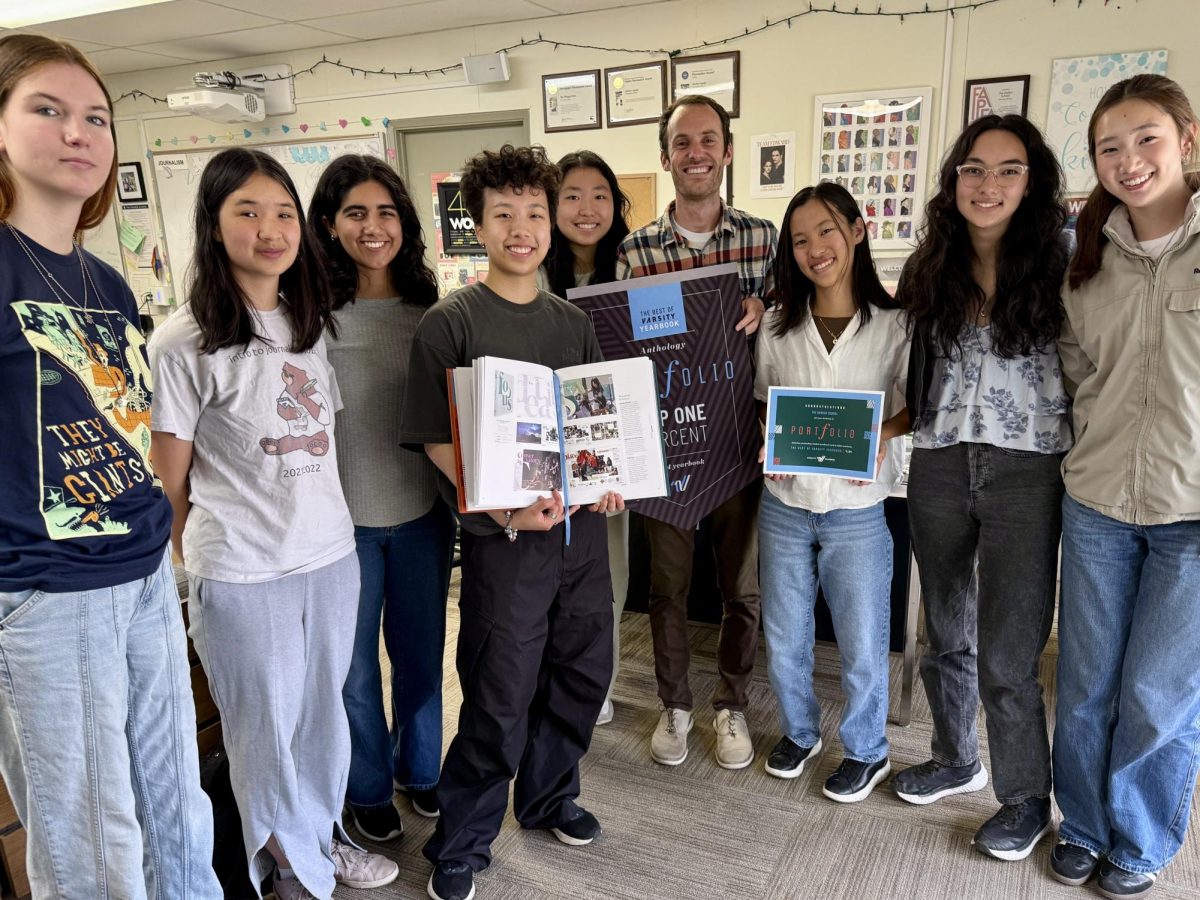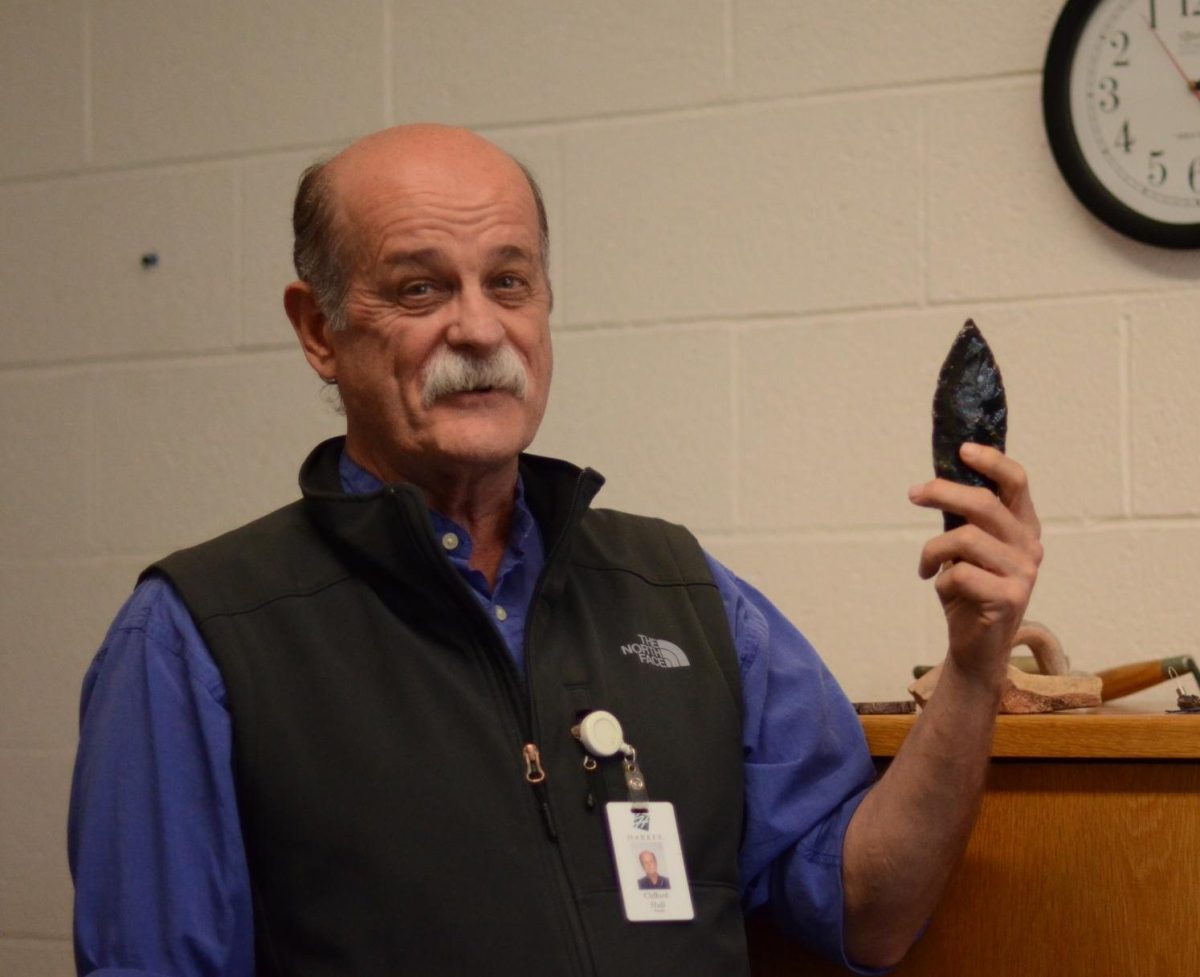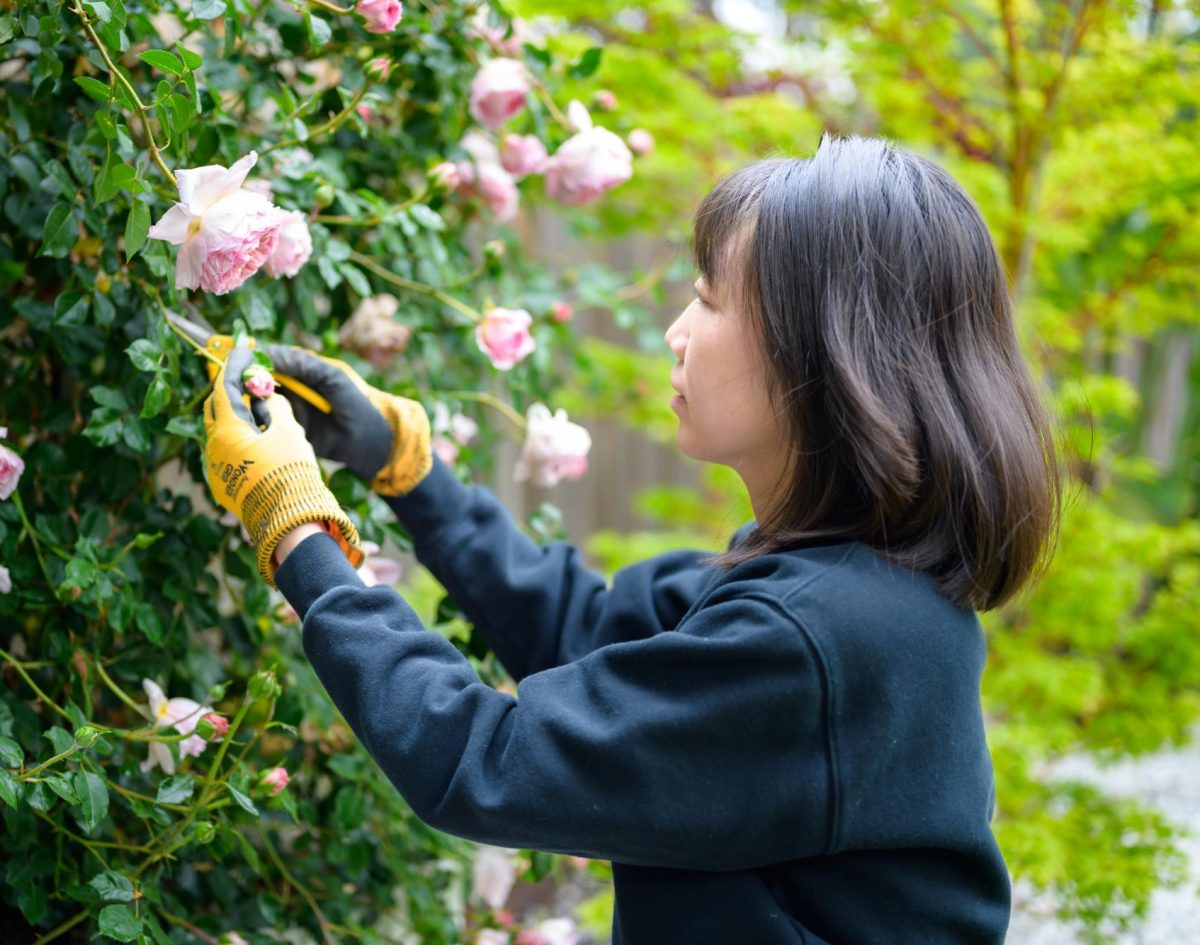The John Near resource room, located on the second floor of Shah Hall, opened in the first weeks of October and was made available for teachers as well as small groups of students.
“Both the idea of the room and basically its use, were John’s […] In the summer of 2009 when it appeared that John was not going to ‘make it,’ I told him that we would like to give something to Harker in his name and asked him to give it some thought. John said he would like it to be something to benefit the history department,” said Jim Near, John Near’s father.
As a result, the John Near room was put together, and it now serves a wide array of functions including a collaboration room, a teacher resource center, and a small student group space.
As a teacher resource center, the space houses various types of print journals for faculty use. United States history and American politics were all subjects that “Mr. Near was really interested in,” said Donna Gilbert, History and Social Science Department Chair. “It isn’t just that students are learning but that teachers are learning [as well] – this sort of idea of life long learners.”
Besides the magazines, the room also houses a collection books that Near owned. Over time, the shelves will also include other history department members’ books and reference materials used for research projects.
“Most of these magazines are also in the library,” Library Director Susan Smith, said.
A flat screen television accompanied with couches is also in the room, to be used for previewing clips to use in class. The room is also used for watching some of the videos belonging to the history department.
Funded by the John Near endowment, the class of 2010, and other alumni, the room is also available for small seminar classes or for student groups to work on projects.
“It’s like having a private studying room. So if the teachers want to give permission for the students to come in and work on something, [they would be able to] use this space to discuss something or work on a project,” said Pam Dickinson, Director of Communications and John Near’s wife.
With the walls painted different hues of blue, the room itself is “beautiful [and] inspiring,” Smith said.
The John Near room was designed by Near’s student and interior designer Sarah Covey, whose “inspiration for the John Near room was, quite simply, John Near,” she said. “My goal was to express Mr. Near in a non-representational manner – [to] have the room feel like parts of his personality. I wanted to create a space that was calm, approachable, and inviting, as well as fun and interesting. All of these aspects of the design are meant to invoke the spirit of the kind of human, teacher, and friend that Mr. Near was for all of us.”
Large, iconic photographs of Near’s favorite moments in United States history are placed throughout the room. Pictures of sports, jazz, immigration movements, and even V-J day (Victory over Japan) are hung around the space.
“All of the pictures in here are just sort of favorite eras or events or people that resonated with Mr. Near,” Dickinson said.
On one wall of the room, a framed plaque is displayed to explain the room itself; the space also serves to commemorate the recipients of the annual John Near History Award and the John Near Scholar Grant. The room would also be the place for the grant scholars to present their presentations at the end of the year.
Most importantly, the room would serve to honor John Near, longtime beloved history teacher. Three photographs of him are seen upon entering the room.
“Over time, people won’t know who he was, so [we displayed] a photograph of him in his early years, the basketball one, and then a mid-career photograph of him in Yosemite – because he loved Yosemite –and then a more recent [photograph of him] in the last year or two.” Dickinson said. “That way when people come in, they get the face and it helps set people up and help them quickly understand what the room is about.”


















![“[Building nerf blasters] became this outlet of creativity for me that hasn't been matched by anything else. The process [of] making a build complete to your desire is such a painstakingly difficult process, but I've had to learn from [the skills needed from] soldering to proper painting. There's so many different options for everything, if you think about it, it exists. The best part is [that] if it doesn't exist, you can build it yourself," Ishaan Parate said.](https://harkeraquila.com/wp-content/uploads/2022/08/DSC_8149-900x604.jpg)




![“When I came into high school, I was ready to be a follower. But DECA was a game changer for me. It helped me overcome my fear of public speaking, and it's played such a major role in who I've become today. To be able to successfully lead a chapter of 150 students, an officer team and be one of the upperclassmen I once really admired is something I'm [really] proud of,” Anvitha Tummala ('21) said.](https://harkeraquila.com/wp-content/uploads/2021/07/Screen-Shot-2021-07-25-at-9.50.05-AM-900x594.png)







![“I think getting up in the morning and having a sense of purpose [is exciting]. I think without a certain amount of drive, life is kind of obsolete and mundane, and I think having that every single day is what makes each day unique and kind of makes life exciting,” Neymika Jain (12) said.](https://harkeraquila.com/wp-content/uploads/2017/06/Screen-Shot-2017-06-03-at-4.54.16-PM.png)








![“My slogan is ‘slow feet, don’t eat, and I’m hungry.’ You need to run fast to get where you are–you aren't going to get those championships if you aren't fast,” Angel Cervantes (12) said. “I want to do well in school on my tests and in track and win championships for my team. I live by that, [and] I can do that anywhere: in the classroom or on the field.”](https://harkeraquila.com/wp-content/uploads/2018/06/DSC5146-900x601.jpg)
![“[Volleyball has] taught me how to fall correctly, and another thing it taught is that you don’t have to be the best at something to be good at it. If you just hit the ball in a smart way, then it still scores points and you’re good at it. You could be a background player and still make a much bigger impact on the team than you would think,” Anya Gert (’20) said.](https://harkeraquila.com/wp-content/uploads/2020/06/AnnaGert_JinTuan_HoHPhotoEdited-600x900.jpeg)

![“I'm not nearly there yet, but [my confidence has] definitely been getting better since I was pretty shy and timid coming into Harker my freshman year. I know that there's a lot of people that are really confident in what they do, and I really admire them. Everyone's so driven and that has really pushed me to kind of try to find my own place in high school and be more confident,” Alyssa Huang (’20) said.](https://harkeraquila.com/wp-content/uploads/2020/06/AlyssaHuang_EmilyChen_HoHPhoto-900x749.jpeg)








